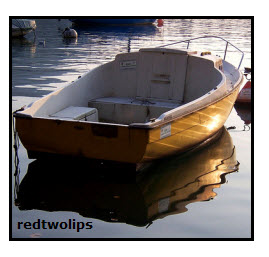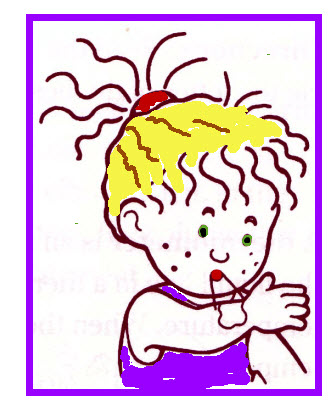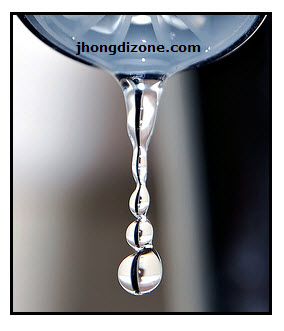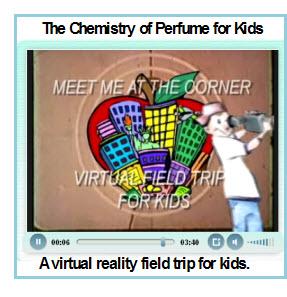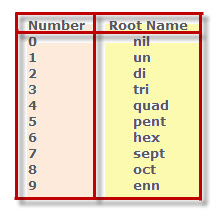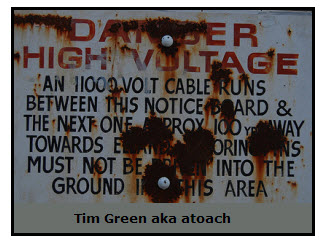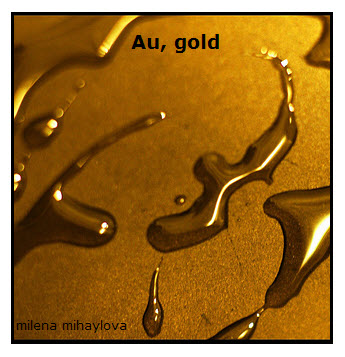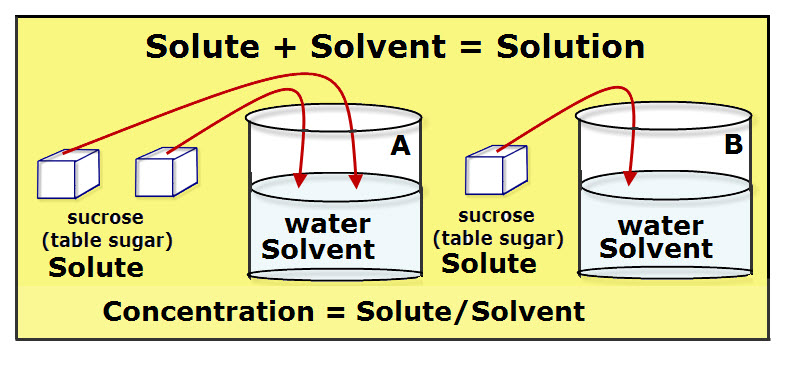Buoyancy is an upward force on an object that is floating or submerged in a fluid (liquid or gas). The upward force of buoyancy on the boat in the picture is equal to the weight of the water displaced by the boat. WOW!! That sounds complicated, but it isn’t. In the diagram below, there are […]
Chemical Reactions:Cake Baking
Chemistry is the study of the composition of substances and their properties and reactions. Baking a cake is a great way to study physical and chemical properties as well as physical and chemical changes. First, I’ll list a few terms that will be introduced: physical properties: The physical traits of a substance determined by using […]
Evaporation: Cools Skin
Evaporation Evaporation is a change from a liquid to a gas. Evaporation occurs below the boiling point of the liquid. This means that water will evaporate a temperatures below 212 degrees Fahrenheit (100 degrees Celsius). Activity Wet a cotton ball (or sponge) with water. The objective is to wet a small place on the skin, […]
Cohesion: Surface Tension
What is Cohesion and How does it Relate to Surface Tension Cohesion is the attraction that like- molecules have for each other. Water molecules have an attraction for each other. This attraction is called cohesion. Surface Tension Surface tension is the skin-like surface of a liquid due to the cohesive forces between the liquid […]
Chemisty: Perfume
I love Meet Me At The Corner videos. They all present information via an interview with someone in the know. The Chemistry of Perfume for Kids video contains an interview with a perfume maker. He has lots of interesting facts about perfume, such as: At one time people put perfume on their gloves. These scented […]
Symbols for Synthetic Elements
Synthetic elements are man-made. These elements are radioactive (decay giving off radiation). Synthetic elements are often named after the person discovering them or after some famous scientist, such as Einsteinium. The person who is given credit for discovering an element has the right to name it. Both Soviet and American scientists claimed to have been […]
What is Table Sugar?
Table sugar is commonly used to sweeten food. There are different kinds of sugars, including glucose, fructose, and sucrose. Glucose is commonly called blood sugar; fructose is sugar in fruit; sucrose is table sugar. Sucrose is a carbohydrate, which is a chemical made of carbon, hydrogen and oxygen. Sucrose molecules contain 12 atoms of carbon, […]
Rusting
Rusting is a Chemical Reaction Rusting is a type of chemical reaction called a combination reaction. A combination reaction means that substances combine to form one product. Rusting is the combination of iron and oxygen. Iron + Oxygen yields Iron Oxide (iron III oxide) Iron oxide (rust) has a reddish brown color as shown in […]
Chemical Symbols
A chemical symbol is an abbreviated way of representing the name of an element. For example: H for hydrogen; C for carbon; Au for gold In the early 1800s the British scientist John Dalton (1766-1844) first used picture symbols for elements. These were designed so that other scientists could learn by sharing ideas. Soon after […]
What is a Supersaturated Solution?
What is a Solution? How do You Saturated A Solution? A solution is a homogeneous mixture, meaning it is the same throughout. A solution can be made of more than two substance, with one of the substances being the solvent and the substances that dissolve in the solvent are called solutes. You make and use […]
- « Previous Page
- 1
- …
- 8
- 9
- 10
- 11
- 12
- …
- 19
- Next Page »
